Imagine having a conversation with a bird that not only repeats your words but seems to understand their context and timing. This isn’t science fiction—it’s the remarkable reality of certain parrot species. The ability of some parrots to mimic human speech has fascinated people for centuries, making these colorful birds popular pets and subjects of scientific research. Unlike other animals that make sounds resembling human words, parrots can learn extensive vocabularies, master complex phrases, and even use words appropriately in context. This extraordinary skill isn’t universal among all parrots, however. It’s concentrated in specific species that have evolved special anatomical features and cognitive abilities. In this article, we’ll explore the fascinating science behind parrot vocalization, examine which species excel at human speech, and understand why this ability evolved in the first place.
The Unique Vocal Apparatus of Parrots

Unlike humans, who use their larynx (voice box) to speak, parrots produce sounds using a specialized organ called the syrinx, located at the junction where the trachea splits into two bronchi leading to the lungs. This anatomical difference is crucial because the syrinx gives parrots exceptional vocal control, allowing them to produce a wider range of sounds than most other birds. Additionally, parrots possess thick, muscular tongues that help them shape sounds with precision, similar to how humans use their tongues to form different phonemes. Their beak structure, which they can manipulate with surprising dexterity, further contributes to their ability to articulate human-like sounds by functioning somewhat like human lips. These physical adaptations work together as a sophisticated sound-producing system that enables remarkable vocal mimicry.
The Role of Brain Structure in Speech Mimicry

Parrots possess a neural structure called the “song nuclei” that’s proportionally larger and more complex than in non-mimicking birds. This specialized brain region plays a crucial role in their ability to learn and reproduce sounds with accuracy. Scientists have discovered that parrots have evolved a unique shell structure around these song nuclei that isn’t present in other birds, potentially explaining their superior vocal learning abilities. Research using functional MRI has shown that when parrots process and produce human speech, multiple brain regions activate in patterns surprisingly similar to those observed in humans. Perhaps most remarkably, parrots have a higher density of neurons in certain brain regions compared to many primates, despite having much smaller overall brain sizes, which may contribute to their cognitive flexibility and vocal learning capabilities.
Star Performers: The African Grey Parrot
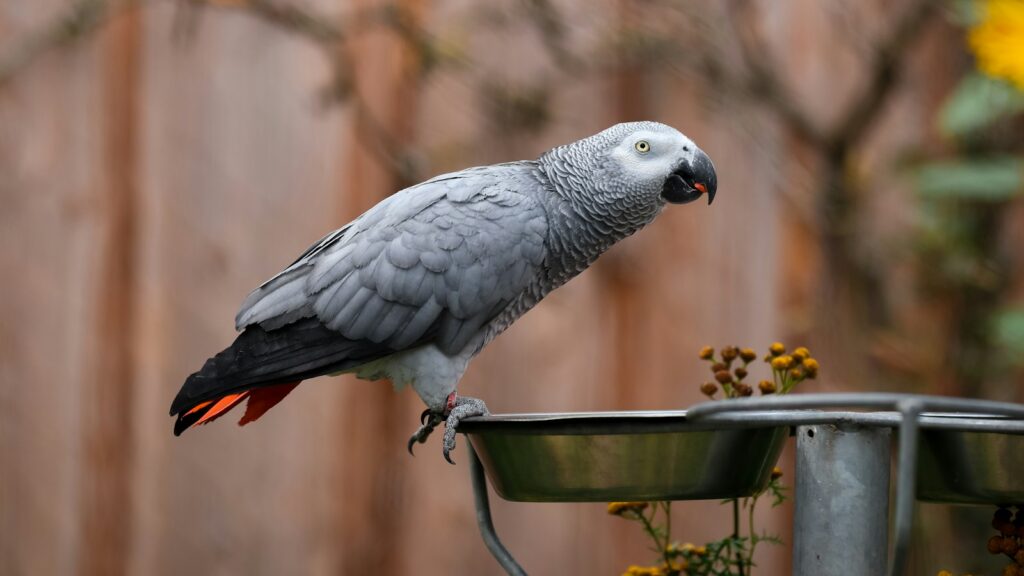
Among all parrot species, the African Grey stands out as the undisputed champion of human speech mimicry. These medium-sized birds with distinctive ash-gray plumage are renowned for their exceptional cognitive abilities and vocabulary potential, with some documented individuals mastering hundreds of words. The most famous African Grey, Alex, studied by Dr. Irene Pepperberg for 30 years, demonstrated understanding of over 100 words, could identify colors and shapes, and even grasped rudimentary numerical concepts—asking for specific numbers of items. What makes African Greys particularly impressive is not just their ability to mimic sounds but their apparent comprehension of context; they often use phrases appropriately in situations, suggesting a deeper understanding beyond mere mimicry. Their vocalizations are remarkably clear and human-like in tone, making them sound more like a person speaking than a bird imitating speech.
Amazon Parrots: Masters of Vocal Variety
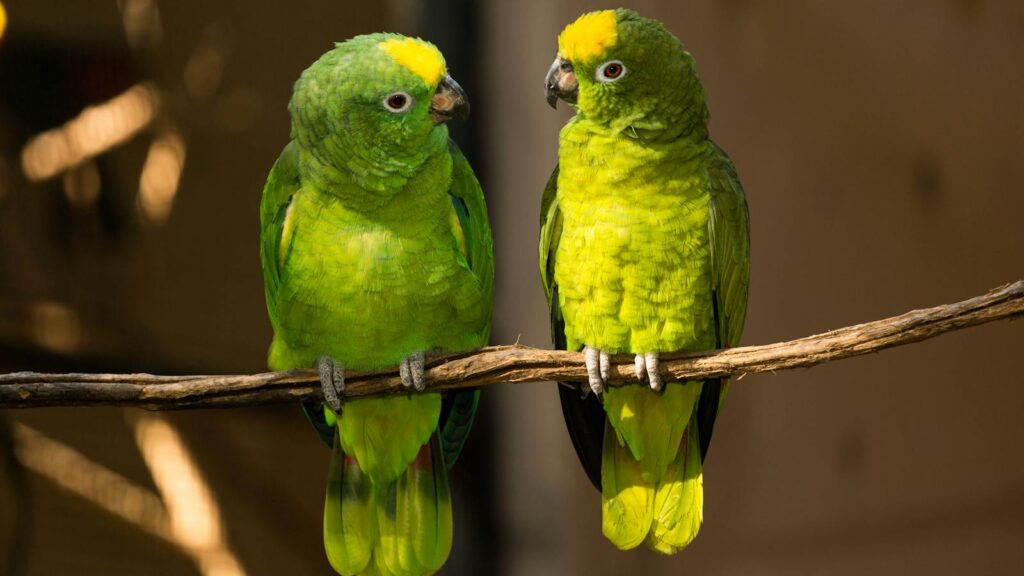
Amazon parrots, particularly the Yellow-naped and Double Yellow-headed varieties, are celebrated for their exceptional speech capabilities and vocal range. These medium to large birds can develop vocabularies of dozens to hundreds of words and often mimic with impressive clarity that rivals African Greys. What sets Amazons apart is their natural expressiveness and ability to mimic not just words but also intonation, emotion, and even singing voices with remarkable accuracy. Many Amazon owners report that their birds can perfectly imitate family members’ voices, often fooling other people on phone calls or from another room. Their playful personalities mean they often incorporate learned phrases into appropriate situations, sometimes with a sense of timing that suggests humor or mischief. The Yellow-naped Amazon in particular is known for its ability to string together complex sentences rather than just individual words.
Budgerigars: Small Birds with Big Vocabularies
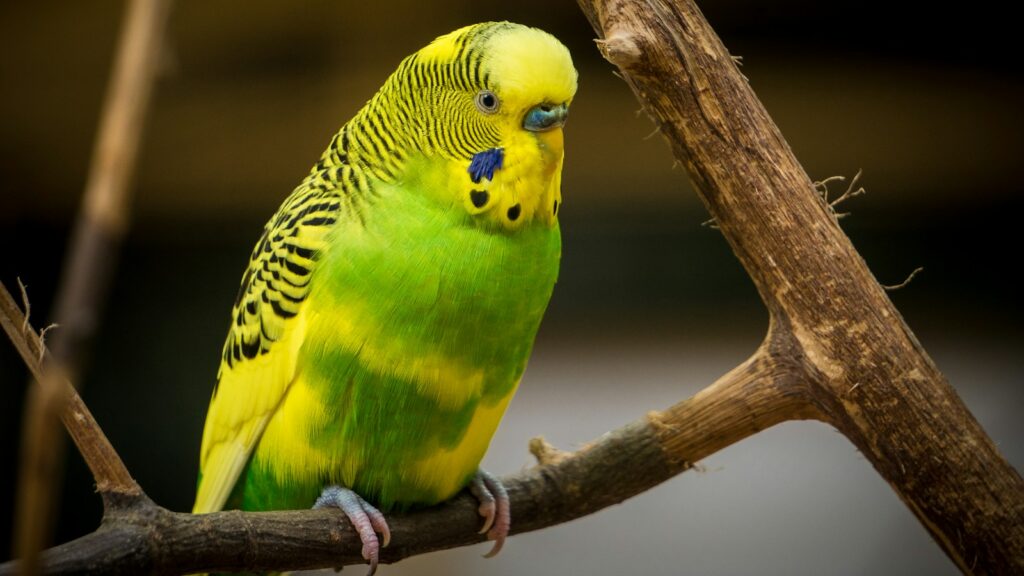
Despite their diminutive size, budgerigars (commonly known as budgies or parakeets) can be surprisingly accomplished vocal mimics, challenging the assumption that only large parrots can effectively imitate human speech. While their voices are higher-pitched and less resonant than larger parrots, budgies can learn extensive vocabularies with dedicated training, with some exceptional individuals mastering hundreds of words. Puck, a budgie who made it into the Guinness Book of World Records, reportedly knew 1,728 words—a testament to the species’ remarkable capabilities. Their speech tends to be faster and more rapid-fire than larger parrots, often delivered in quick, chattery sequences that can be initially difficult for unfamiliar listeners to understand. The male budgies typically demonstrate greater aptitude for speech than females, likely because males naturally use vocalization more extensively during courtship in the wild.
Cockatoos: Emotional Vocal Performers
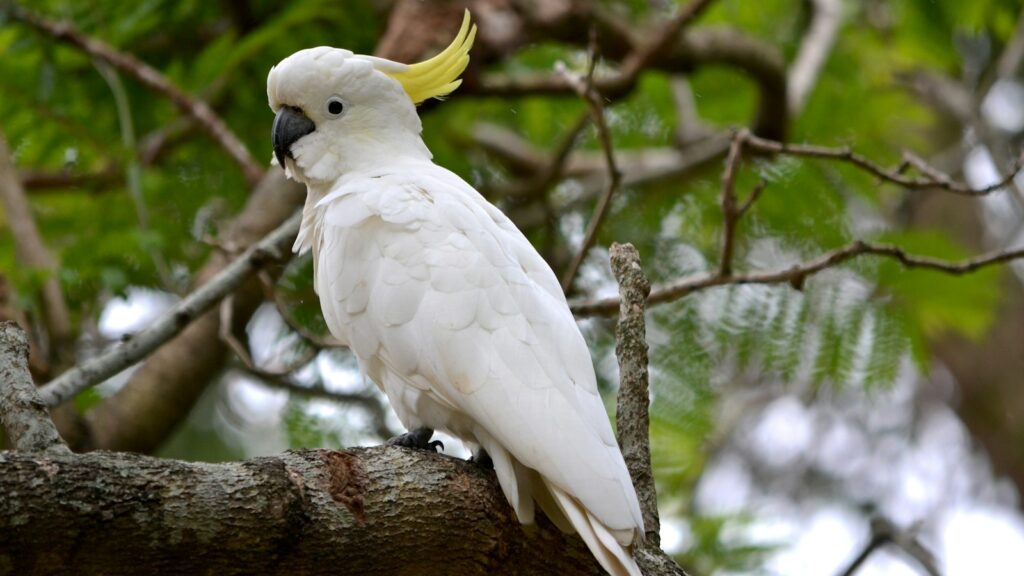
While not typically considered the best speech mimics among parrots, many cockatoos develop impressive vocal abilities coupled with extraordinary emotional expressiveness. These large, crested parrots often excel at mimicking the emotional quality and inflection of human speech rather than building extensive vocabularies. Their strong social bonds with humans mean they’re highly motivated to communicate, often incorporating physical movements and crest displays while “talking” that enhance the expressiveness of their vocalizations. Umbrella and Moluccan cockatoos, in particular, can become quite proficient speakers with consistent training, though they typically focus on mastering a smaller set of phrases with perfect intonation rather than accumulating large vocabularies. What makes cockatoo speech particularly endearing is how they often use learned phrases in appropriate contexts, accompanied by their signature enthusiasm and energetic body language.
The Learning Process: How Parrots Acquire Speech
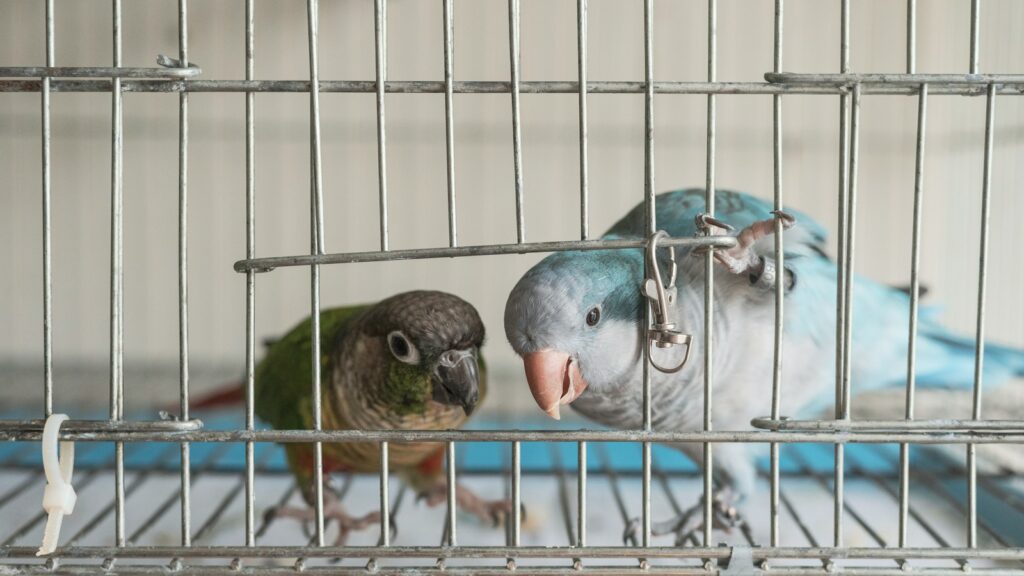
Parrots don’t simply record and play back sounds like electronic devices—they undergo a complex learning process similar to how human children acquire language. Young parrots go through a “babbling” phase where they practice and refine sounds before mastering them, gradually shaping their vocalizations to match what they hear. Social context plays a crucial role, as parrots are most motivated to learn vocalizations from individuals they perceive as important flock members, which in captivity means their human caretakers. The learning process involves not just hearing but watching the speaker, as parrots often pay attention to mouth movements and other visual cues when learning new sounds. Scientific studies show that parrots learn best through interaction rather than passive exposure; a parrot is much more likely to mimic words that are frequently directed at them in engaging exchanges than words they merely overhear regularly.
The Evolutionary Advantage of Vocal Mimicry
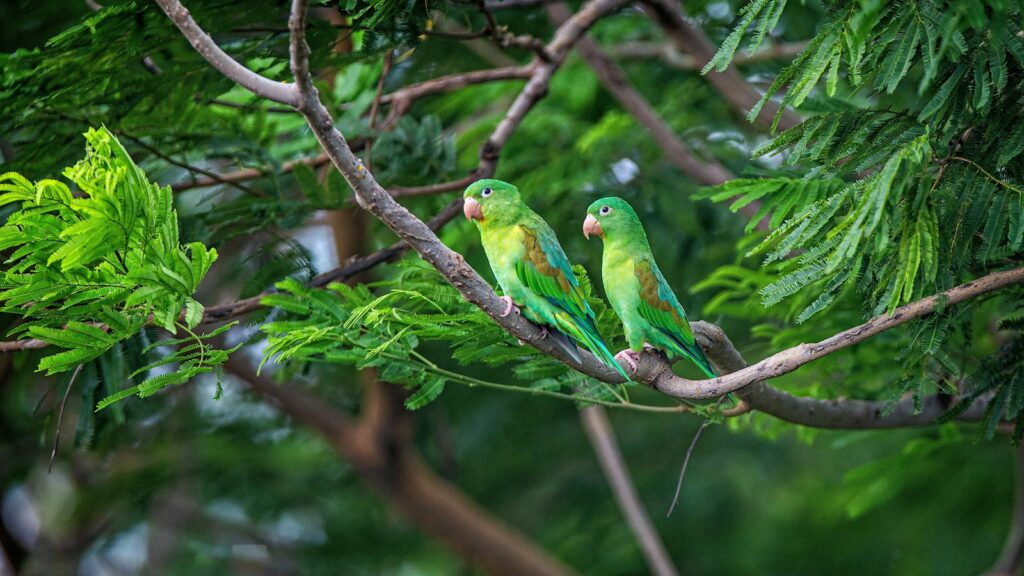
The ability to mimic sounds didn’t evolve so parrots could entertain humans—it serves important functions in their natural habitats. In the wild, vocal learning helps parrots recognize family members and maintain social bonds within their flocks, as each bird develops individualized calls that others can identify and imitate. This skill facilitates complex social hierarchies and relationships within large, communal groups that may split into smaller units during the day before reuniting. Some researchers theorize that vocal mimicry might help parrots identify and remember important environmental sounds, potentially including the calls of predators or other species that signal danger or opportunity. Their ability to learn new vocalizations throughout life (unlike many birds that can only learn songs during a critical developmental period) gives parrots remarkable adaptability when facing new environments or situations, potentially providing evolutionary advantages in changing habitats.
The Role of Social Bonds in Speech Development
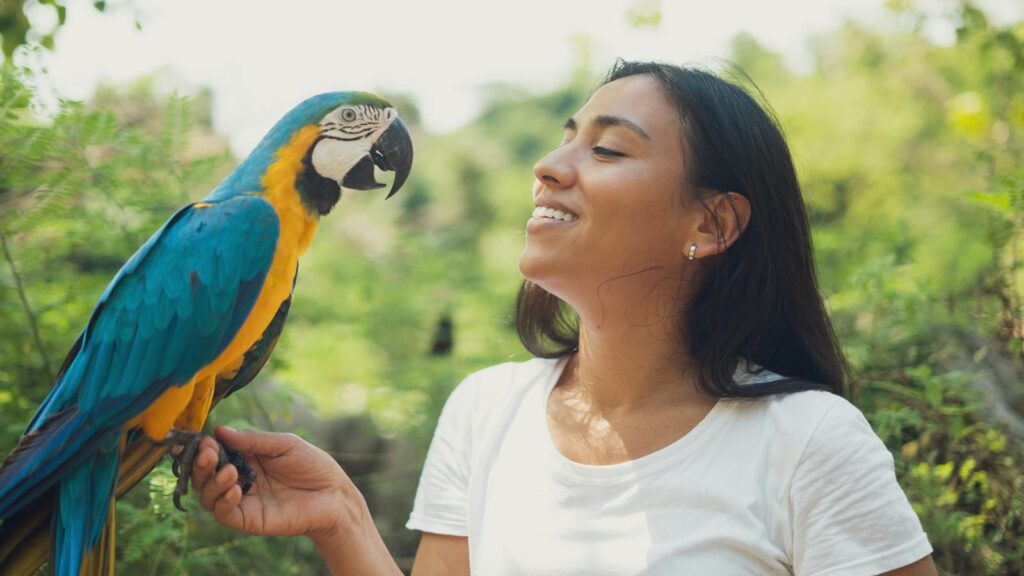
For parrots, learning to mimic human speech isn’t merely about hearing words—it’s deeply intertwined with their social relationships. These highly gregarious birds are more likely to imitate vocalizations from individuals they perceive as important flock members or social partners. In captivity, this translates to parrots forming strong attachments to their human caregivers and being highly motivated to communicate with them. Research has demonstrated that parrots raised with consistent human interaction develop more advanced speech patterns than those with limited social engagement, regardless of how much speech they passively hear. This social component explains why parrots in active household environments often develop larger vocabularies than those kept in quieter settings with minimal interaction. The emotional connection forms the foundation for learning; a parrot that feels securely bonded to its human companions will invest significant effort in mastering their vocalizations.
Understanding vs. Mimicry: Do Parrots Comprehend Speech?
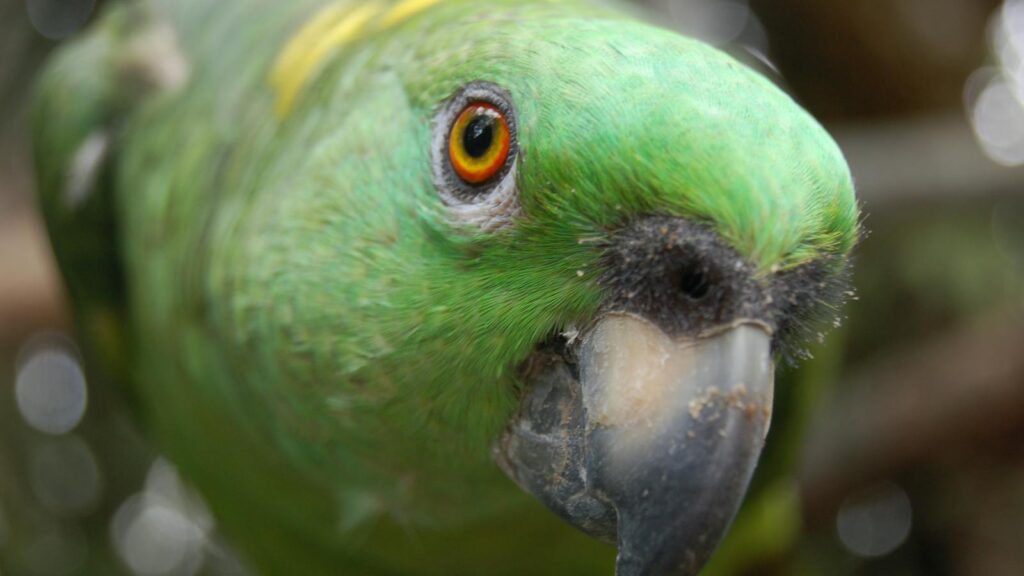
The question of whether parrots truly understand the human words they mimic has generated significant scientific debate and research. While earlier assumptions dismissed parrot speech as mere “mindless mimicry,” contemporary studies suggest a more nuanced reality where some parrots demonstrate functional understanding of certain words and phrases. Dr. Irene Pepperberg’s groundbreaking work with Alex the African Grey demonstrated that parrots can associate words with objects, colors, numbers, and actions—suggesting comprehension beyond simple imitation. Many parrot owners report their birds using phrases appropriately in context, such as saying “goodbye” when someone leaves or “good morning” at daybreak, indicating some level of situational awareness and appropriate word association. However, scientists caution against anthropomorphizing these abilities; parrot comprehension likely differs fundamentally from human language understanding, focusing more on associations between sounds and events or objects rather than the abstract grammatical structures that define human language.
The Impact of Age on Speech Learning Abilities
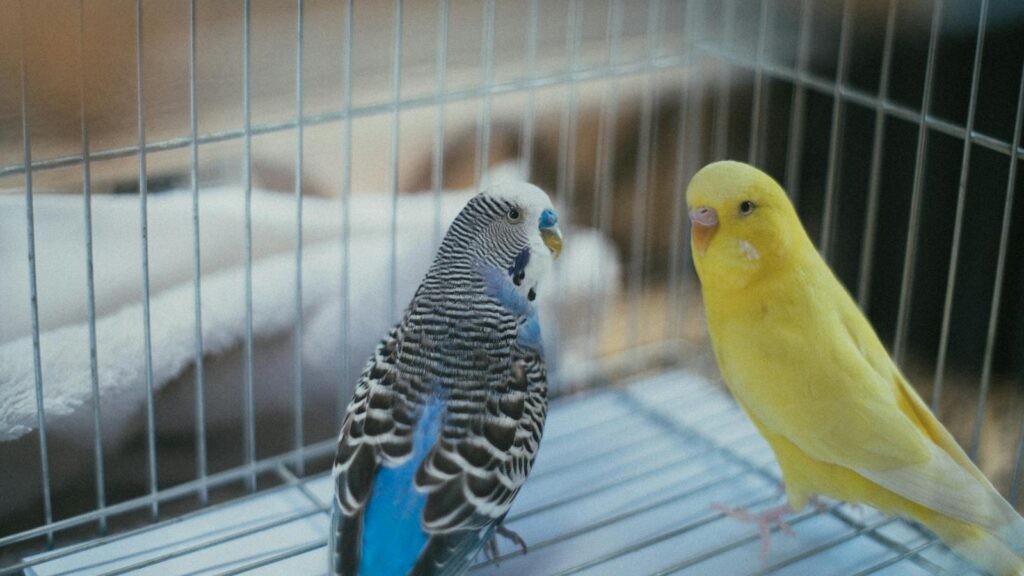
Unlike many songbirds that can only learn vocalizations during a specific developmental window, parrots maintain the ability to learn new sounds throughout their lives—though age still influences their learning capacity. Young parrots generally acquire new vocalizations more quickly and with greater accuracy than older birds, with the period between 3-12 months being particularly receptive for many species. However, older parrots continue to demonstrate remarkable neuroplasticity, allowing them to learn new words and phrases well into adulthood and even senior years, albeit typically at a slower pace. This lifelong learning ability represents an extraordinary adaptation among birds and may explain why parrots in captivity continue to add to their vocabularies over decades. Interestingly, some research suggests that older parrots may actually show better retention of learned vocalizations than younger birds, compensating for slower acquisition with stronger memorization.
Training Techniques That Enhance Speech Development
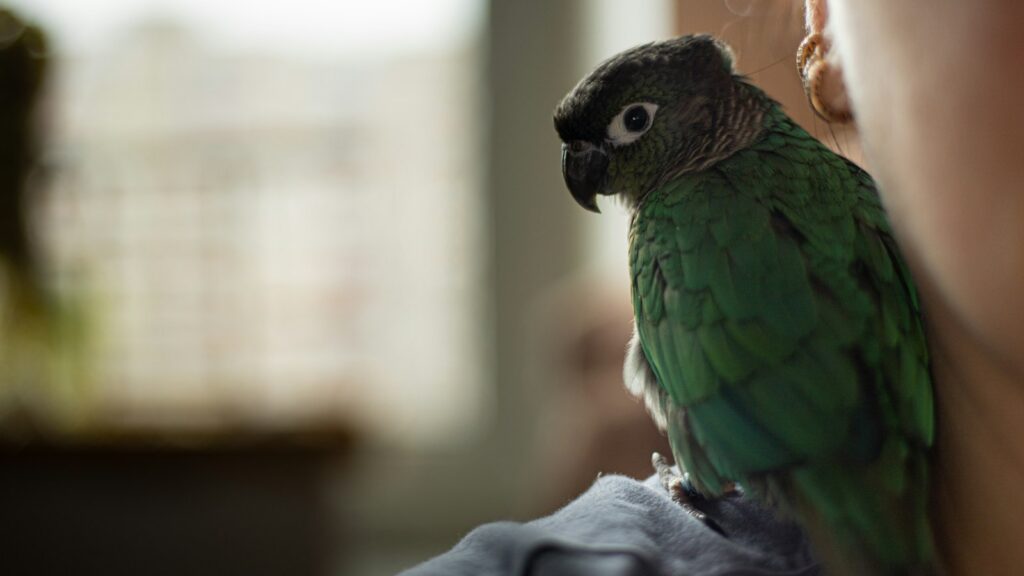
Developing a parrot’s speech potential requires specific training approaches that work with their natural learning tendencies. Consistency is paramount—repeating the same words in the same contexts helps parrots recognize patterns and associate sounds with meanings or situations. Short, daily training sessions of 5-15 minutes typically yield better results than longer, less frequent sessions, as parrots have relatively short attention spans but benefit from regular reinforcement. Words with hard consonants like ‘k,’ ‘p,’ ‘t,’ and ‘b’ are generally easier for parrots to pronounce and make good starting points for training, which explains why phrases like “pretty bird” are commonly mastered early. Positive reinforcement through treats, praise, or attention immediately after successful attempts significantly accelerates learning, while creating emotional associations with words by using excited tones for positive phrases or whispered tones for quieter words can help parrots grasp appropriate contexts for different vocalizations.
Common Misconceptions About Parrot Speech
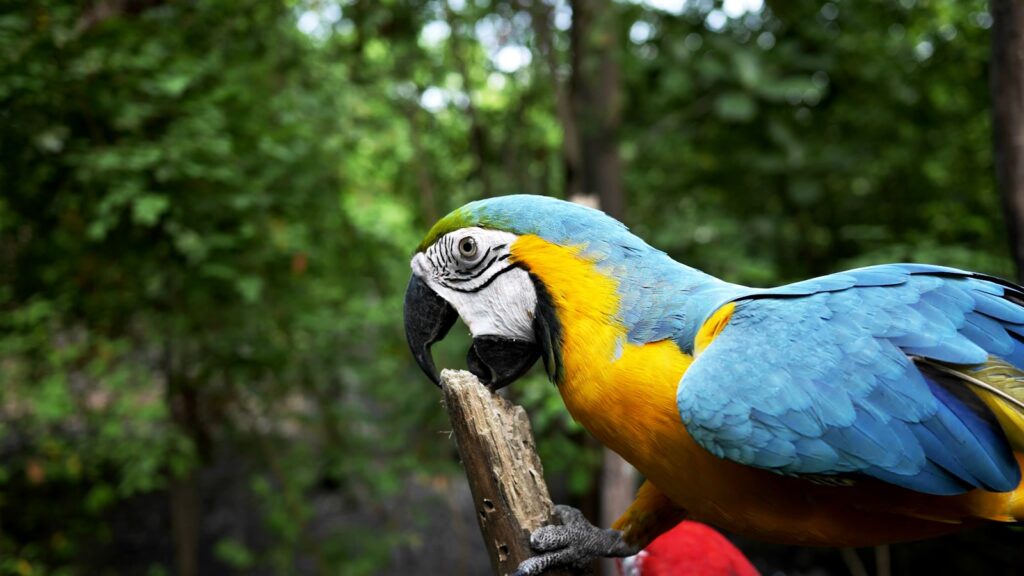
Despite widespread fascination with talking parrots, several persistent misconceptions cloud public understanding of their capabilities. Perhaps the most common myth is that parrots with larger vocabularies are necessarily more intelligent, when in reality, speech production is just one aspect of parrot cognition and doesn’t always correlate with problem-solving abilities or other intelligence measures. Another frequent misconception is that parrots need their tongues split to speak clearly, an unfortunate myth that has led to cruel practices; in truth, parrots speak perfectly well with their natural anatomy. Many people incorrectly believe that all parrots can talk equally well if properly trained, when species differences in vocal ability are significant and genetically determined. Perhaps most fundamentally misunderstood is the nature of parrot vocalization itself—contrary to popular belief, most parrots aren’t simply “parroting” or mindlessly repeating sounds but are engaging in a form of social communication that reflects their highly developed social intelligence and desire to connect with their human flock members.
The Future of Research on Parrot Vocalization

As technology and research methodologies advance, scientists are exploring exciting new frontiers in understanding parrot vocal abilities. Recent developments in neural imaging now allow researchers to observe parrot brain activity during vocalization in ways previously impossible, potentially revealing exactly how their brains process and produce human-like speech. Some cutting-edge studies are using artificial intelligence to analyze subtle patterns in parrot vocalizations that human ears might miss, potentially uncovering more sophisticated communication systems than previously recognized. Comparative studies examining differences between wild and captive parrots are providing insights into how the domesticated environment might be shaping parrot vocalization over generations. Perhaps most intriguingly, ongoing research into the genetic basis of vocal learning could eventually identify the specific genes that give some parrot species their remarkable speech abilities, potentially answering fundamental questions about how this complex trait evolved.
The extraordinary ability of certain parrots to mimic human speech represents a fascinating intersection of evolution, neuroscience, and animal behavior. Through their specialized vocal anatomy, sophisticated brain structures, and highly social nature, species like the African Grey, Amazon parrots, and even tiny budgerigars have developed capabilities that seem almost magical to human observers. While we now understand that their speech isn’t identical to human language comprehension, the cognitive processes involved are far more complex than simple mimicry. As research continues to advance, we’re discovering that parrot vocalization represents a unique form of communication that bridges the gap between the human and animal worlds in ways that continue to surprise and delight scientists and pet owners alike. These remarkable birds remind us that intelligence and communication take many forms across the animal kingdom, often in ways we’re only beginning to fully appreciate.

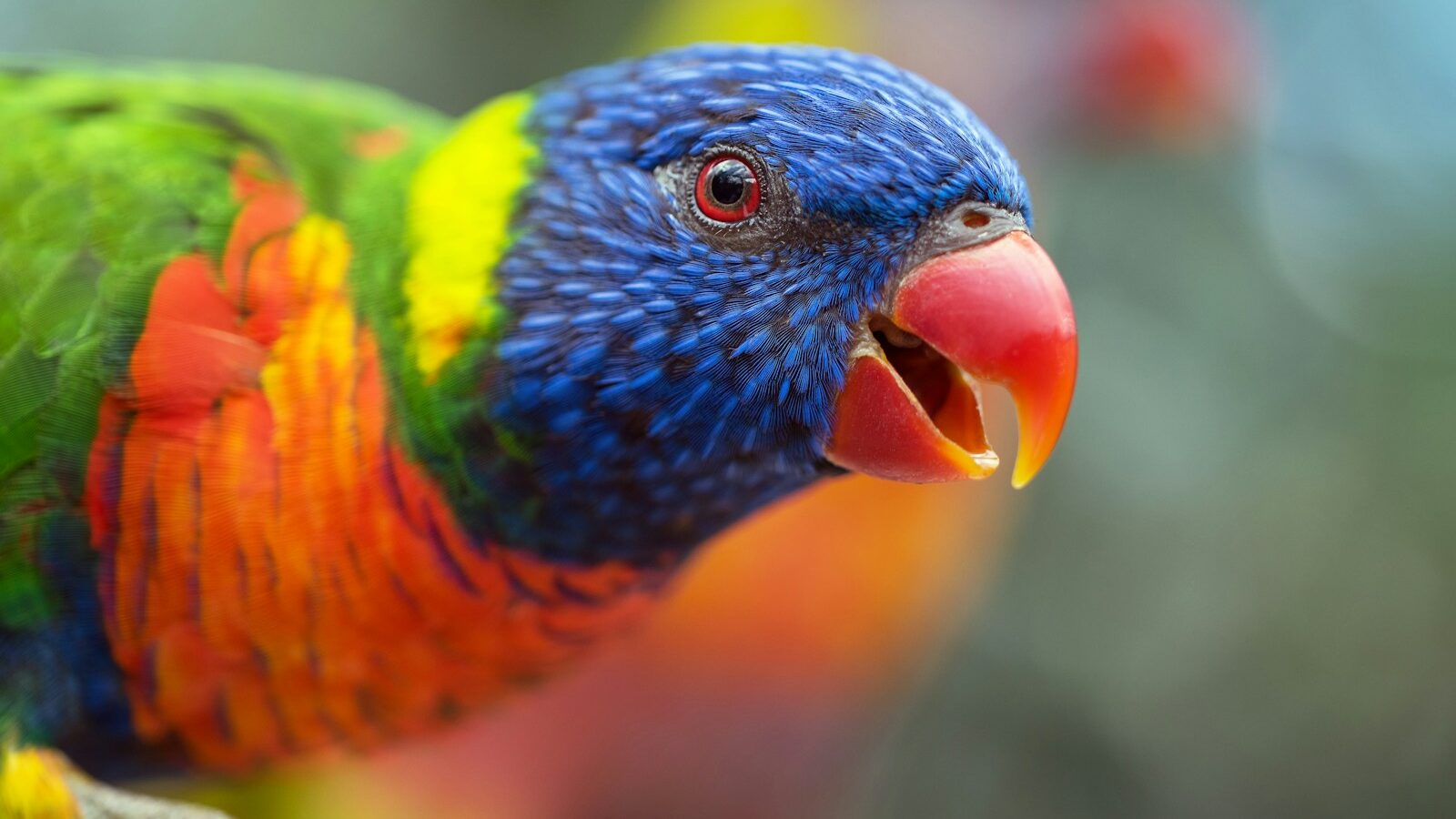

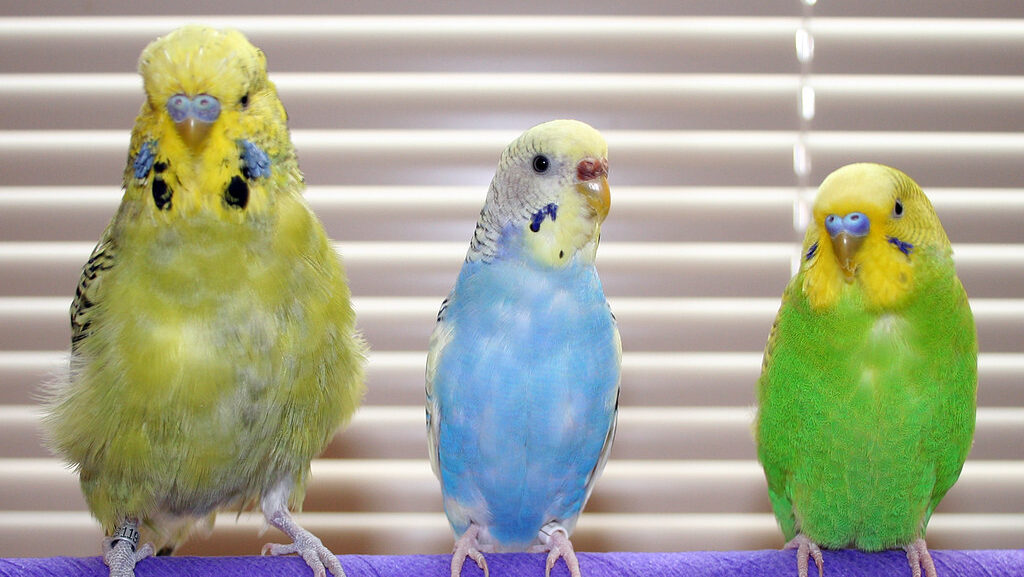

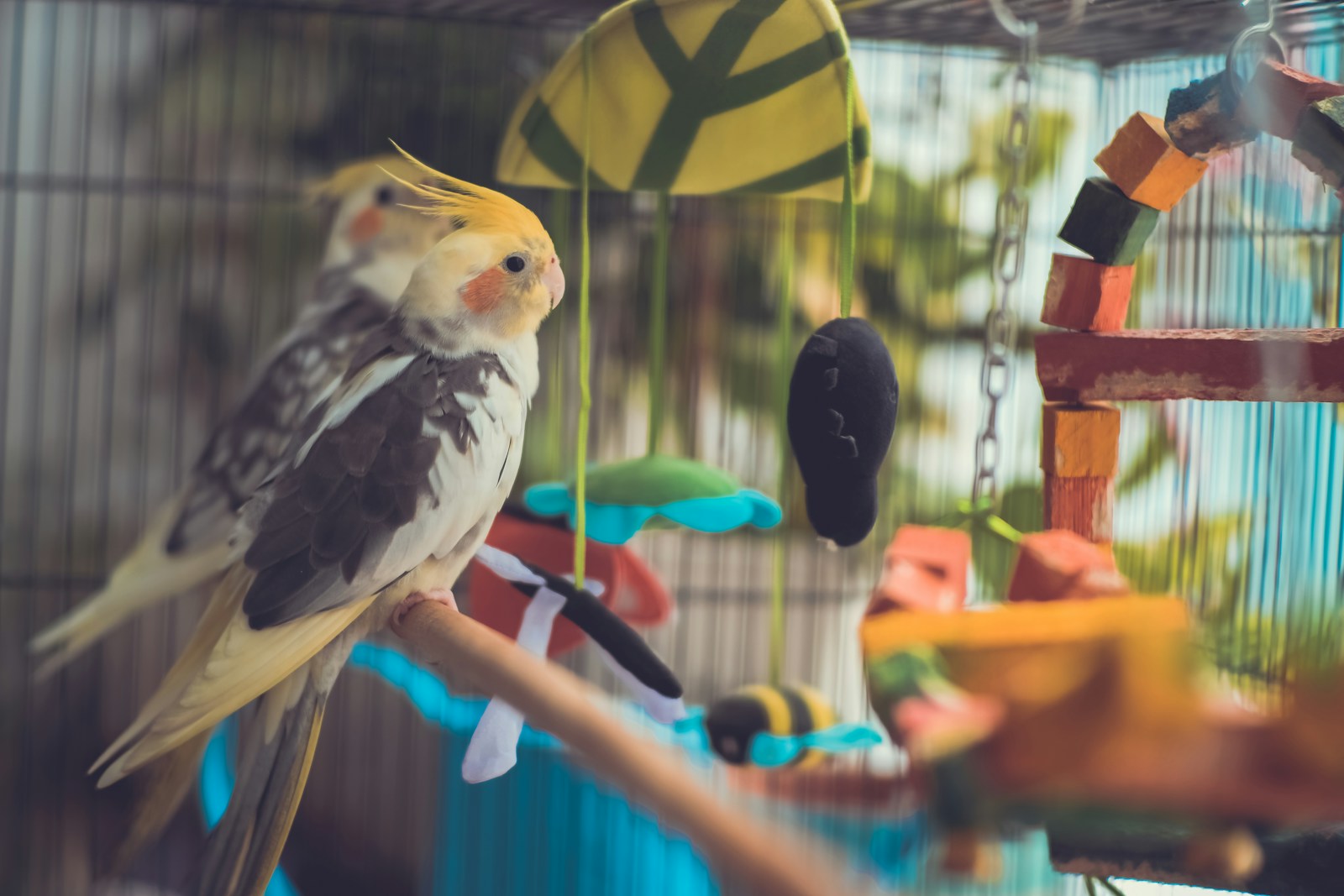
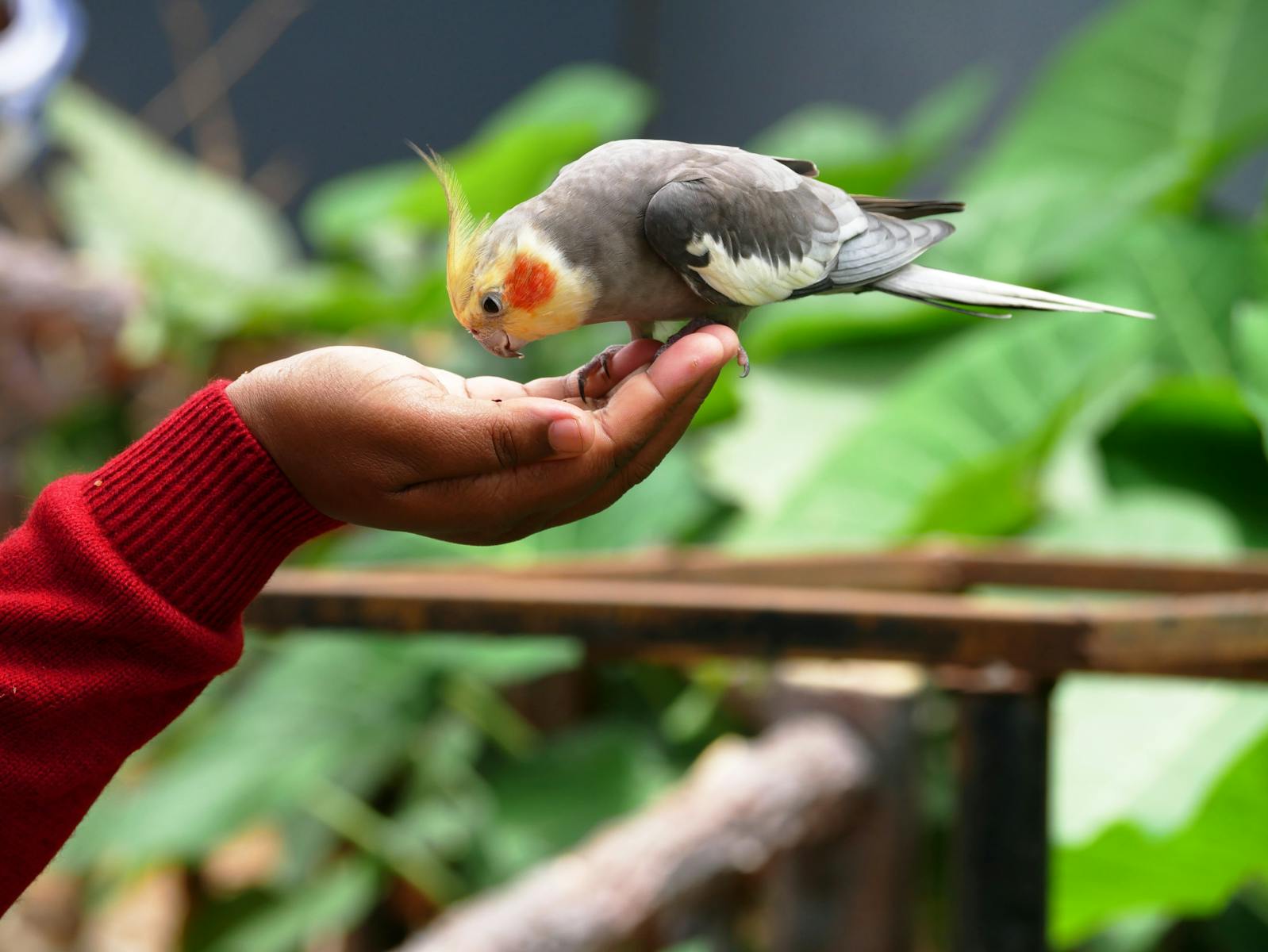
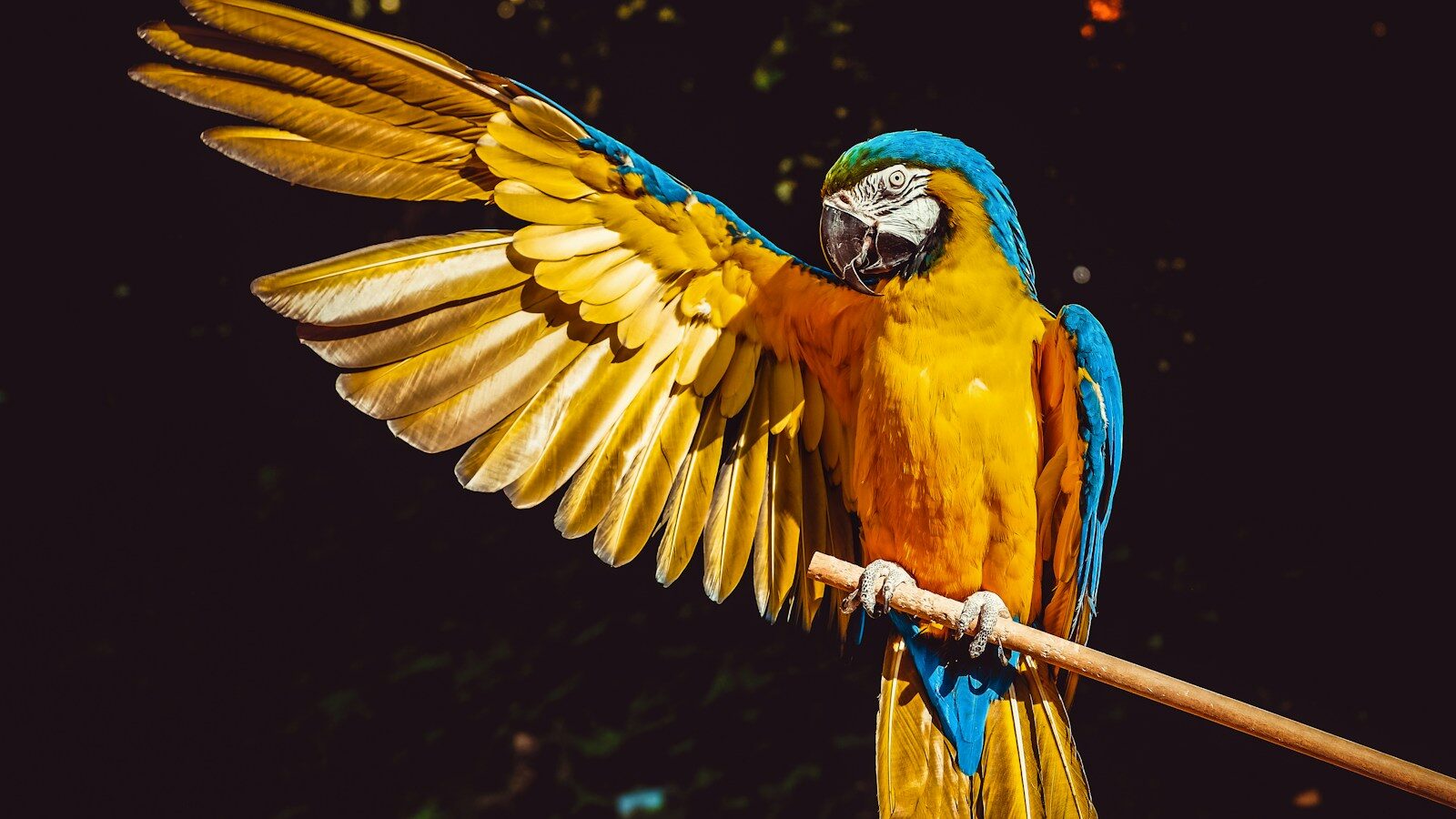

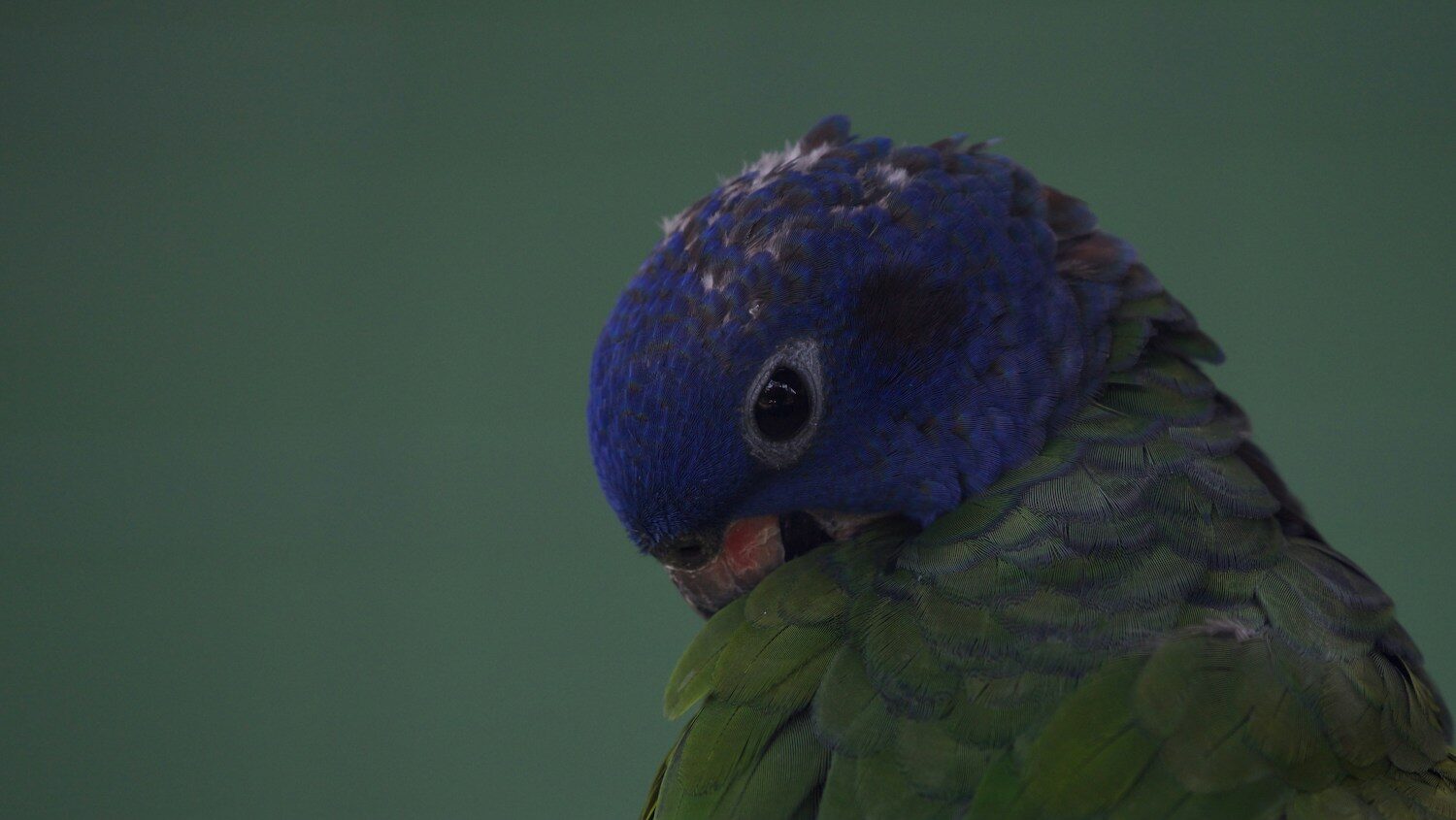

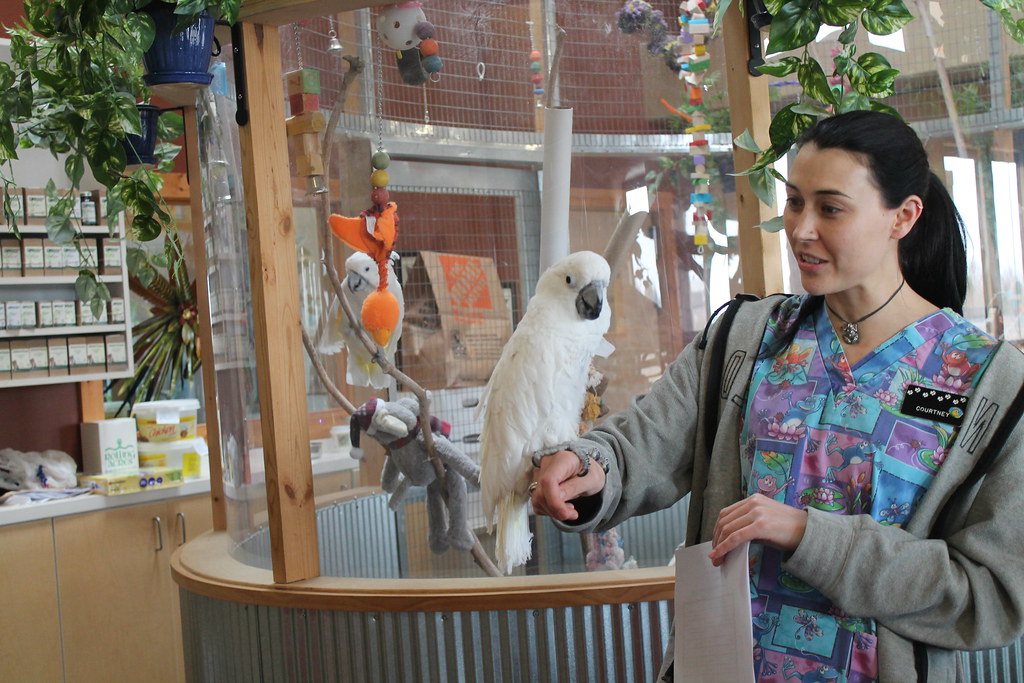




Leave a Reply